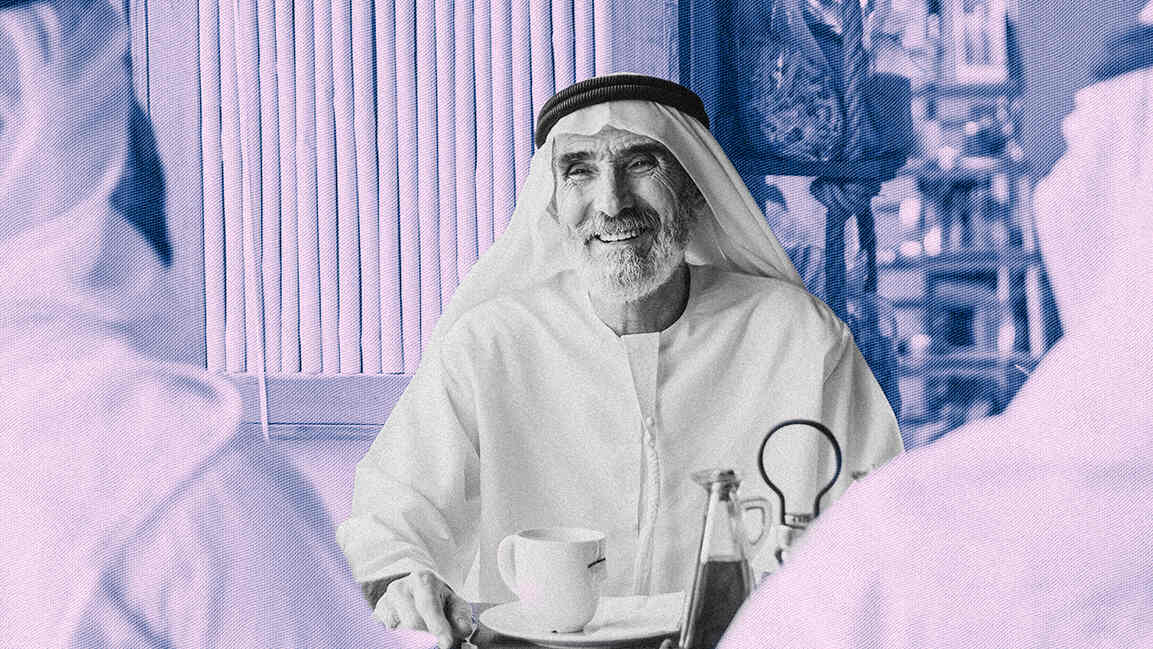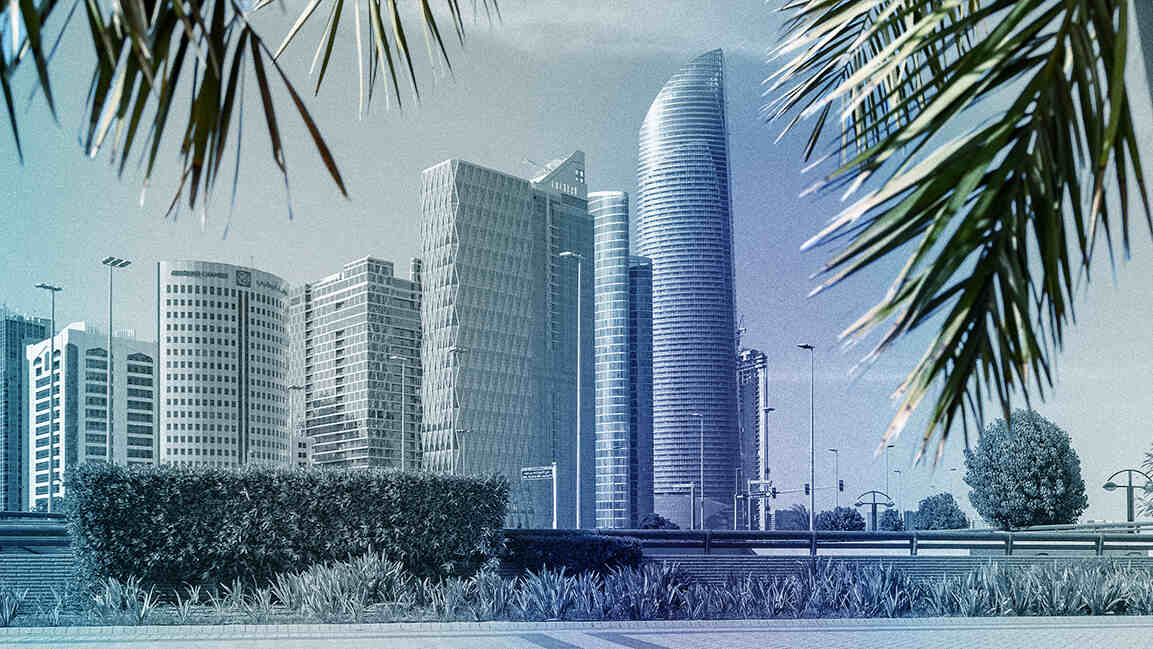- | 12:00 pm
GCC tourism hits $247 billion in 2024 with 30 million visitors to Saudi Arabia
Intra-GCC travel now makes up 26.7% of total tourism in the region, reflecting deeper regional connectivity and cultural exchange.

Tourism contributed $247.1 billion to the economies of Gulf Cooperation Council (GCC) member states in 2024, marking a nearly 32% increase compared with 2019, according to newly released data.
Preliminary figures from the GCC Statistical Center show a strong rebound in regional travel, with intra-GCC visits rising 52% to 19.3 million over the same period. Intra-regional travel now accounts for 26.7% of total GCC tourism, highlighting growing cultural ties and cross-border mobility.
The findings were published in a report titled GCC Tourism: Intra-Gulf Integration, released to mark World Tourism Day on September 27. The report underscored the sector’s role in driving economic growth, creating jobs, and fostering cultural exchange, while also supporting sustainability goals across the Gulf.
Saudi Arabia remained the largest tourism market in the GCC, welcoming a record 30 million international visitors in 2024—an 8% increase from the previous year—and generating $75.7 billion in spending, up 11% year on year. Combined domestic and international tourist numbers reached approximately 116 million, marking a 6% rise compared with 2023.
The UN World Tourism Organization reported that Saudi Arabia recorded the fastest global growth in international tourism revenue in the first quarter of 2025, with arrivals climbing 102% compared with the same period in 2019.
Looking ahead, GCC-Stat projects that tourism’s contribution could reach $371.2 billion, or 13.3% of the region’s GDP, by 2034. The sector is also expected to create around 1.3 million new jobs, with women representing an increasing share of the workforce.
Beyond its economic impact, the report highlighted tourism’s role in fostering regional integration, boosting related industries such as transport and infrastructure, and supporting conservation efforts, with nearly 19% of the Gulf’s landmass designated as protected areas.































